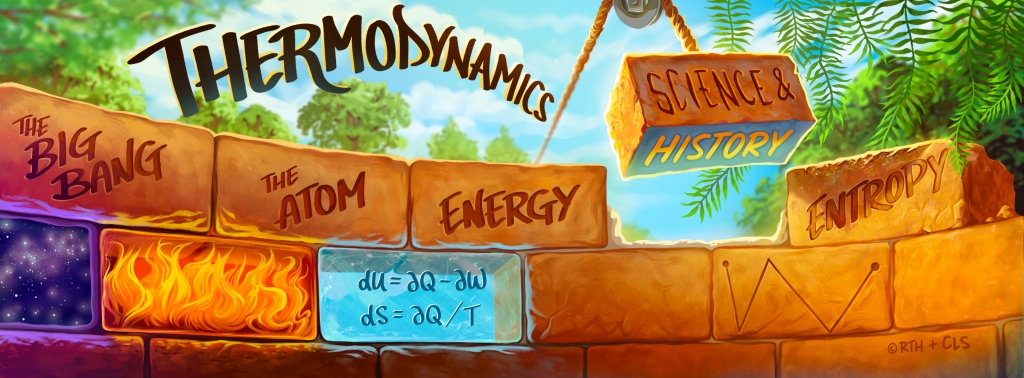Thermodynamics arguably began with the piston, since it was the invention of the piston that first enabled the transformation of heat into work. In 1850 Rudolf Clausius quantified this transformation in his 1st Law of Thermo (heat)-Dynamics (work) when he conducted an energy balance around the piston:
∆U = Q - W
The change in internal energy (U) of the working substance inside the piston is equal to the heat (Q) entering the piston minus the work ( W ) done by the piston.
Christiann Huygens and the first piston-in-cylinder engine (1673)
The first (small scale) piston-in-cylinder engine was invented in 1673 by Christiaan Huygens (1629-1695). Unfortunately, the working substance he selected–gunpowder–presented a bit of a challenge. While igniting it inside the cylinder certainly created the Q (a hot gas), it also created a rather challenging process control strategy. Unable to make this idea work, Huygens eventually moved on to other pursuits. But the piston remained, waiting for a more practical working substance to arrive. This brings us to Denis Papin (1647-1713), Huygens assistant.
The Persistance of Papin!
Some time after Huygens departed, Papin jettisoned the gunpowder, kept the piston, and focused on identifying a more convenient working substance. He spent years on this challenge, traveling all around Europe, working alone and with others. Many ideas, many options, many experiments. In the end, he arrive at the optimal working substance—steam!—and captured the moment in his celebrated memoir (1690) titled, “A New Way to obtain very great Motive Powers at small cost.”
Steam – perhaps not what you think
It’d be natural right now to nod your head, thinking that Papin’s selection of steam made perfect sense given that we are well aware of the use of steam to drive an engine. But our thinking would be based on high-pressure steam pushing a piston outward, whereas Papin’s original steam concept was based on the opposite! Papin proposed an atmospheric steam engine in which steam would be condensed inside the cylinder to create a vacuum, whereupon the atmosphere would drive the piston downward and so effect work.
Papin spent fifteen years developing this concept. Alas, while his ideas were grand, his execution wasn’t. On the cusp of greatness, he simply couldn’t move his concept out of the laboratory and into the real world. This would be left for others as I’ll cover in subsequent posts.
Thank you for listening!
I go into more detail about the origin of the atmospheric engine in Chapter 25 of my book, Block by Block – The Historical and Theoretical Foundations of Thermodynamics. Also, check out this fun video (click here) I created awhile ago to demonstrate the power of a vacuum.
END



Leave a comment